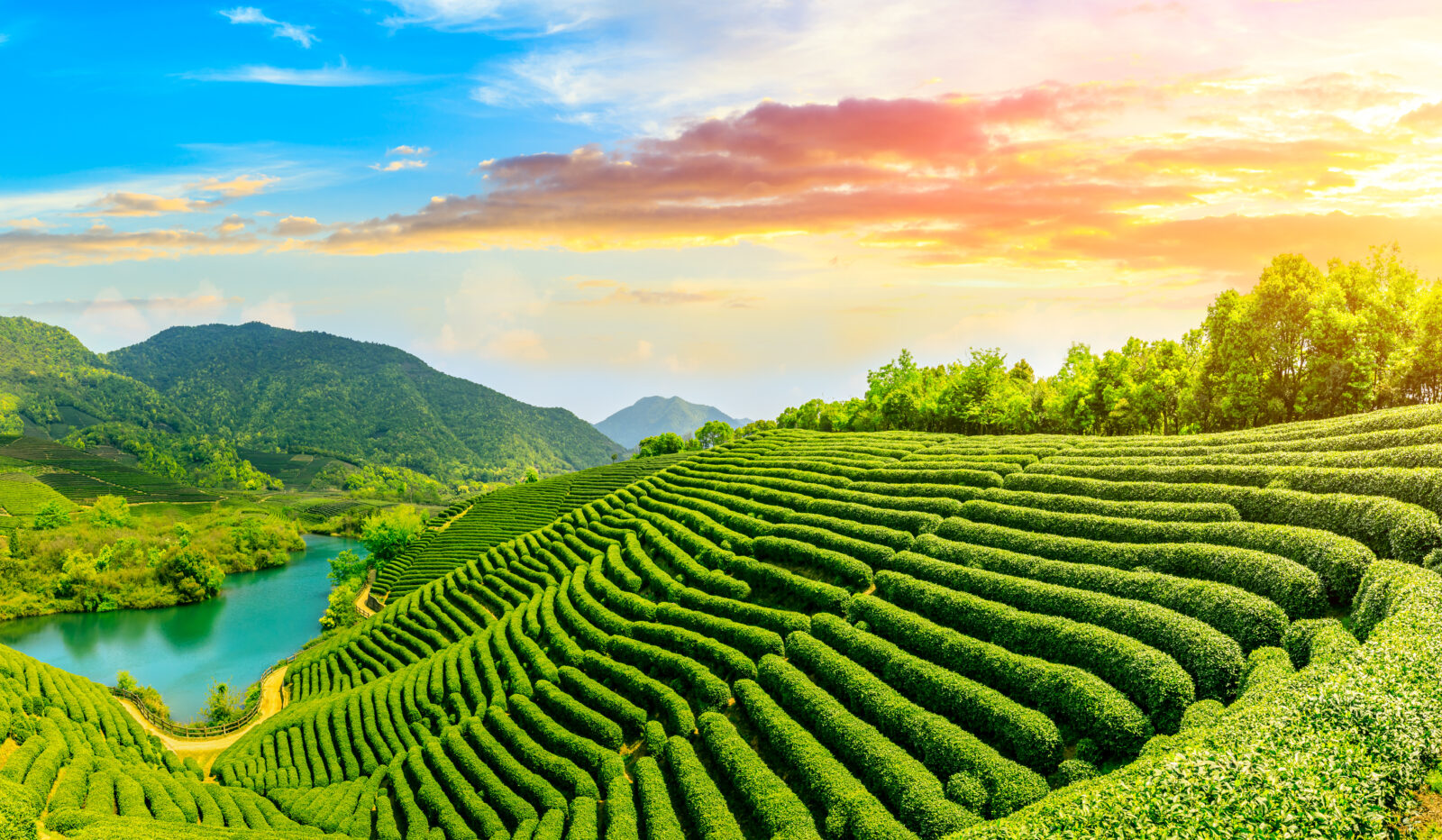Experience Hallmarks of Chinese Tea Styles with Tasting Tour
After water, it is the most consumed beverage in the world. Yet for many people, tea means just one or two things. For people in the UK, it means black tea with cream and sugar. For Moroccans, a combination of mint and green tea, spiked with sweetener. In the United States, the vast majority of tea is consumed as iced tea, and most hot tea comes from black tea sold in bags.
Tea consumption is much different in China, the birthplace of Camellia sinensis. There, people across the vast country sip hundreds of varieties of teas. Nearly all of them are brewed from whole leaves, and served hot.
At Ku Cha House of Tea, we work closely with tea farmers and artisans across China, importing superb leaves in all of the main Chinese styles: green, white, oolong, black and pu-erh.
We encourage all tea lovers — from iced-tea maniacs, to proper English tea enthusiasts, to matcha fans — to dive deep into Chinese teas. You’ll encounter aromas of honey and pear, cocoa and forest floor, cinnamon and bread. You’ll taste chocolate, malt, apricot, cut grass, lemon and much more. And you will be exploring styles of tea that people have sipped for hundreds and even thousands of years in China.
To get started, consider the following five teas. Together, they represent China’s five main styles of tea. For anybody interested in exploring Chinese teas, this is a great place to begin.
Chinese Tea Green: Organic Green
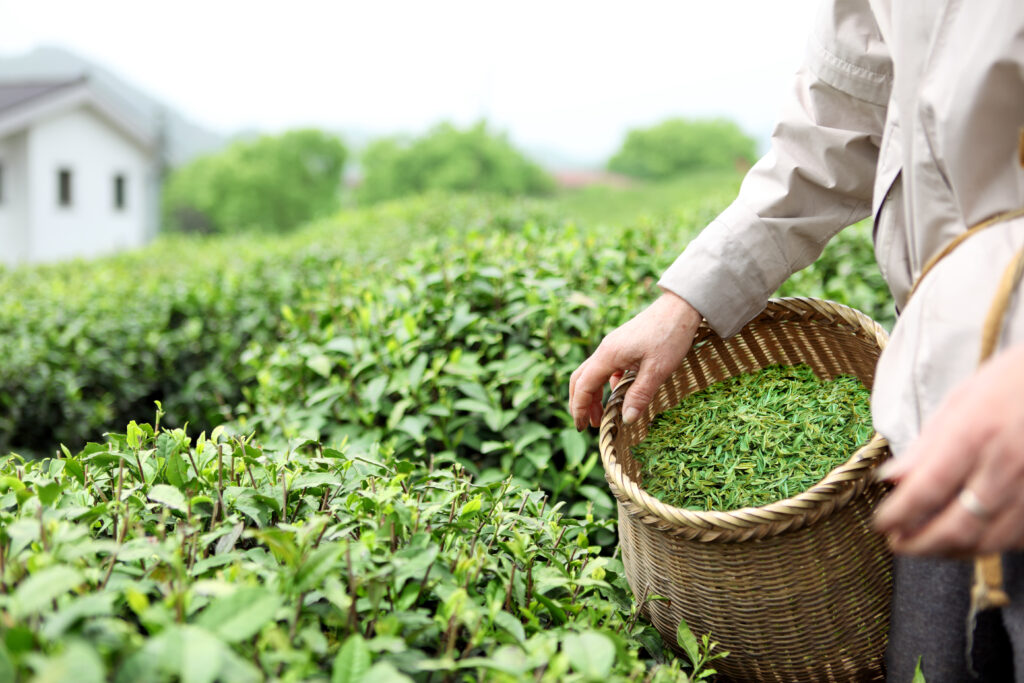
This is where it all got started: green tea. Before tea leaves were oxidized into black and oolong teas, before they were fermented into pu-erh, they were plucked fresh, steamed or roasted to halt oxidation, and brewed. Green teas broadcast a welter of flavors and aromas. Most of them include at least hints of fresh grass and herbs. All of them offer modest boosts of caffeine, and myriad health benefits.
Our Organic Green tea serves as an everyday tea for many, including us. It has a slightly sweet flavor, with nut and vegetal notes — a classic, simple green tea. The tea also is organic, meaning the farms where it is grown do not treat their tea plants with pesticides or herbicides. We shrink from conventional agriculture approaches to tea in general, and work with small farms. And we carry a broad range of organic teas. But most small tea growers don’t seek USDA Certified Organic approval; it is complicated and costly. We are thrilled to have found this source for green tea that does.
Chinese Tea White: Peony White
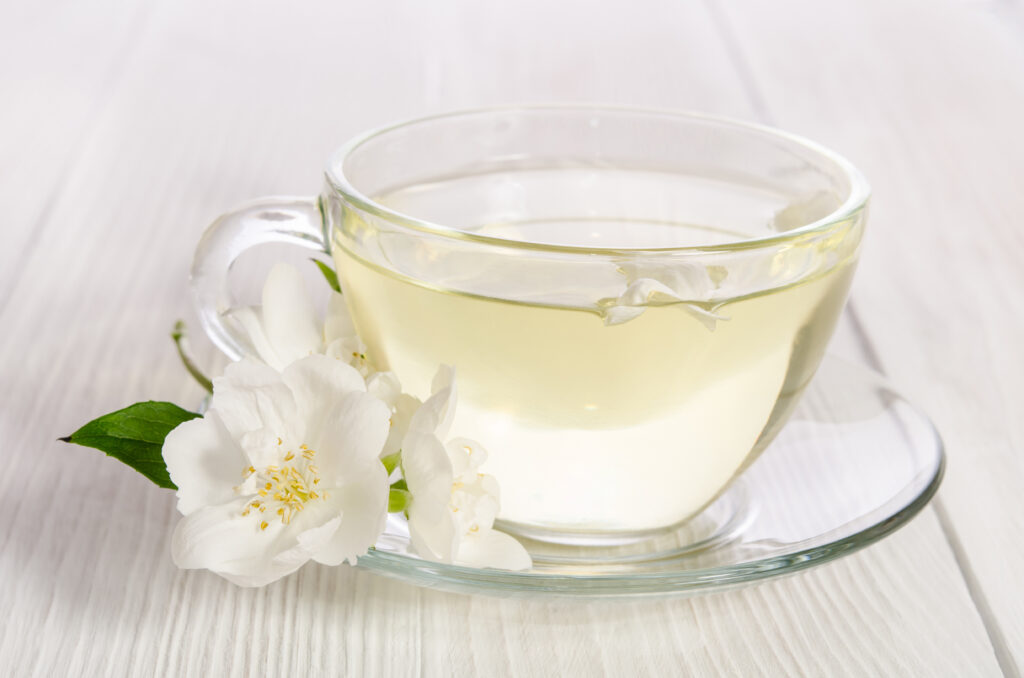
Like green tea, white tea does not undergo oxidation. The big difference between green and white is the leaves and buds from the plant; with white tea, tea farmers harvest buds and unfurled leaves from new growth on tea plants and then dry them to halt oxidation. The result: subtle, nuanced teas that often have enchanting perfumes and aromas.
Our Peony White, also known as Pai Mu Tan, comes from China’s Fujian Province, in the southern reaches of the country. Especially young buds and leaves that first emerge in early spring are harvested and then withered and dried in the sun, which stops oxidation. This natural and gentle process lends a warm, sweet richness to the tea. But it’s no shrinking violet; this tea offers wallops of fragrance — think, fruit trees in bloom — and assertive flavors. If you think white tea means mild, this one will change your mind.
Chinese Tea Oolong: Tie Guan Yin
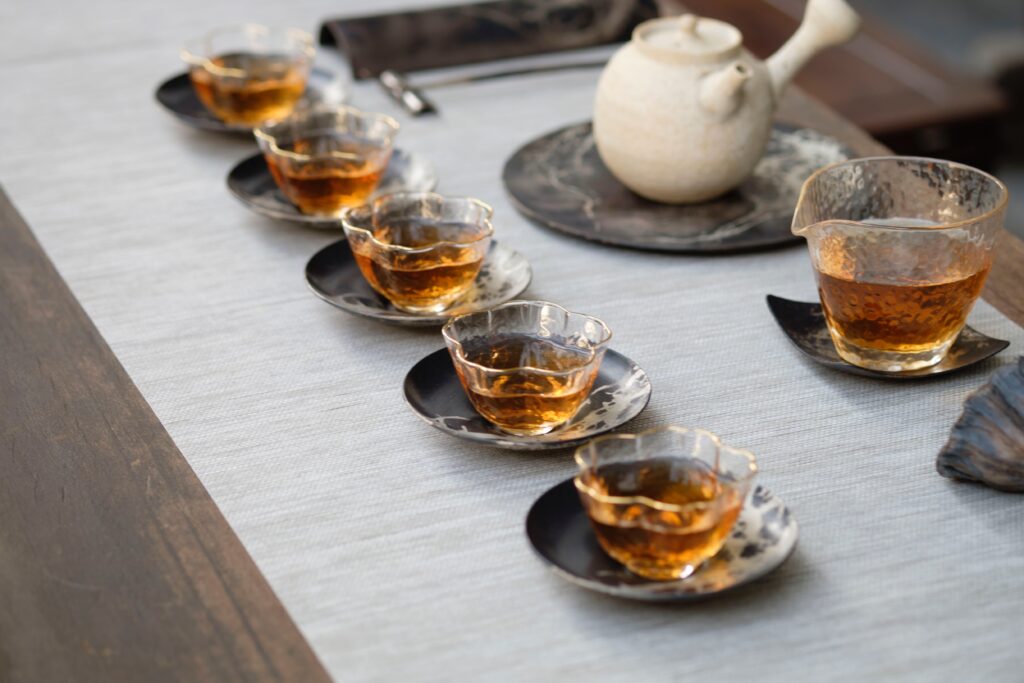
We find oolongs one of the most interesting styles of Chinese tea. Where greens and whites escape oxidation, artisans who craft oolong tea invite measures of oxidation into the tea-making process. But they arrest oxidation before the teas reach the heavily oxidized style of black teas. The result is teas with an enormous range of flavors, aromas and textures, as the arc is broad between unoxidized green and white teas, and heavily oxidized black teas. Oolongs can taste earthy. They can offer malty flavors. Some are bright and floral, others are herbal, and yet more oolongs can taste bold and strong.
Our Tie Guan Yin, meaning Iron Goddess of Mercy, is one of the most famous of all Chinese teas. When brewed, this tea from China’s Fujian Province broadcasts a sweet, floral fragrance, a bright almost coppery taste and a smooth finish. Even though it’s not sweetened, its natural flavors suggest sweet, and the sensation lingers in the mouth after every sip. Long finishes like this are prized by Chinese tea lovers, and Tie Guan Yin is abundant with finish. Like many oolongs, this tea is wonderful with multiple infusions. With each batch, the flavors evolve.
Chinese Tea Black: Yunnan Black
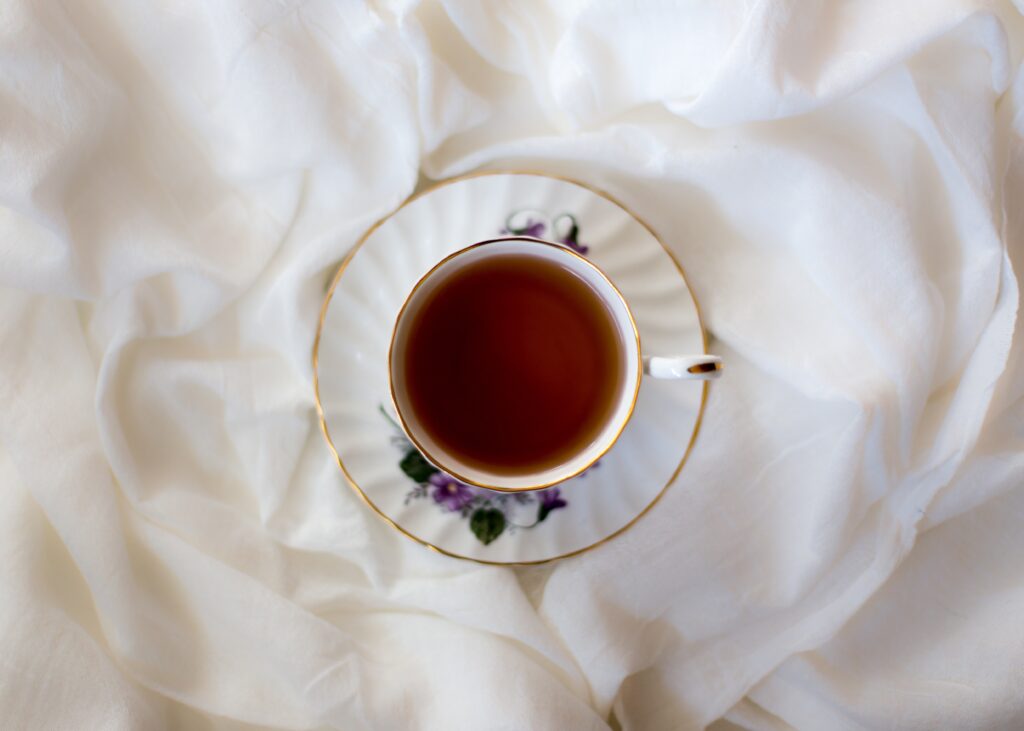
Here comes the style with which most Americans are familiar: black tea. Those rows of boxes on supermarket shelves containing hundreds of tea bags? Most of them are black tea. The bottles of ready-to-drink iced tea snagged from refrigerators in convenience stores? Black tea strikes again. And if you visit the United Kingdom, where tea is central to culture, you again will mostly encounter black tea.
Of the five styles of Chinese tea, black is the most oxidized. The process, which over time turns darkens green tea leaves, tends to produce teas that are especially robust in flavor, with loads of maltiness, cocoa and other strong flavors. We love them, especially in the morning, when our taste buds appreciate the gentle slap and our groggy heads welcome the bracing flavors and caffeine.
This black tea comes from China’s most southwestern province, one that borders Myanmar, Laos and Vietnam: Yunnan Province. Tea scholars believe tea was first discovered in Yunnan. Today, it is an important center for tea agriculture in China.
These tea leaves are mostly black, but some gold-colored tea leaves are always part of the mix — it’s a pretty tea. When brewed, Yunnan Gold has a sweet floral flavor, which is rich and full bodied. While many tea drinkers think black tea must get mellowed with cream and sweetened with sugar or honey, we think Yunnan Gold is perfect without any additions.
Chinese Tea Pu-erh: Organic Ripe Pu-erh
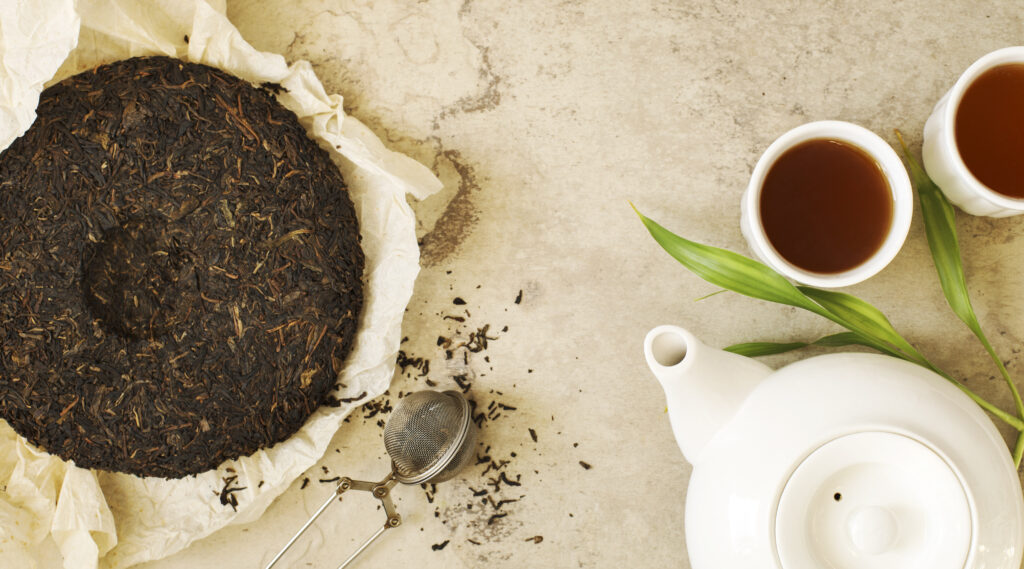
Finally, we turn to the most unusual and unfamiliar of Chinese teas: pu-erh. Where green and white teas skip oxidation and oolongs and blacks engage with it to different extents, pu-erh undergoes a different process: fermentation. After the green tea leaves are plucked, tea artisans then pile the leaves and encourage fermentation rather than oxidation. With a style called “raw” pu-erh, the fermentation begins with green tea; “ripe” pu-erh is black tea that undergoes fermentation.
Most pu-erh comes from China’s Yunnan province; pu-erh is named after the market town where it first was crafted. It can be purchased in whole-leaf form — we offer some — but pu-erh often is formed into cakes. In cake form, pu-erh can age for years, even decades, and tea connoisseurs around the world collect pu-erh cakes and maintain them in conditions that help promote healthy fermentation.
Our Organic Ripe Pu-erh is rich and smooth, and offers a long-lasting, earthy aftertaste. Like many pu-erhs, this one suggests forest-floor aromas, with complex, bold flavors. Chinese people would say this has outstanding “cha qi” or “tea energy”: it leaves your mouth feeling cool and moist, and ready for the next cup.

